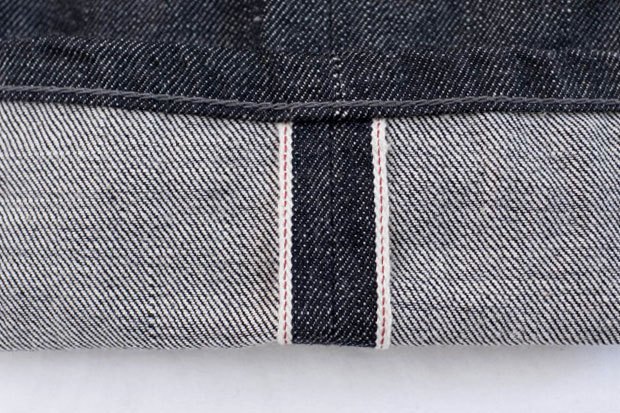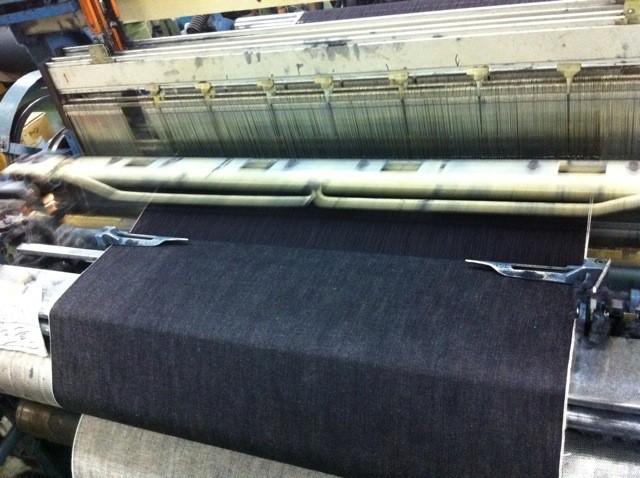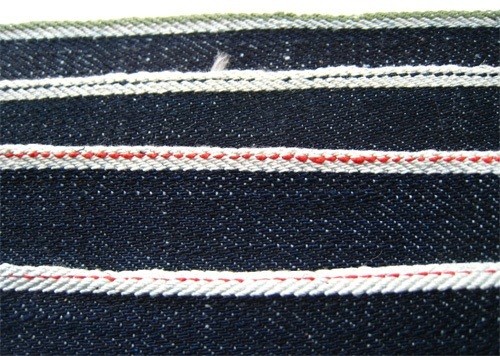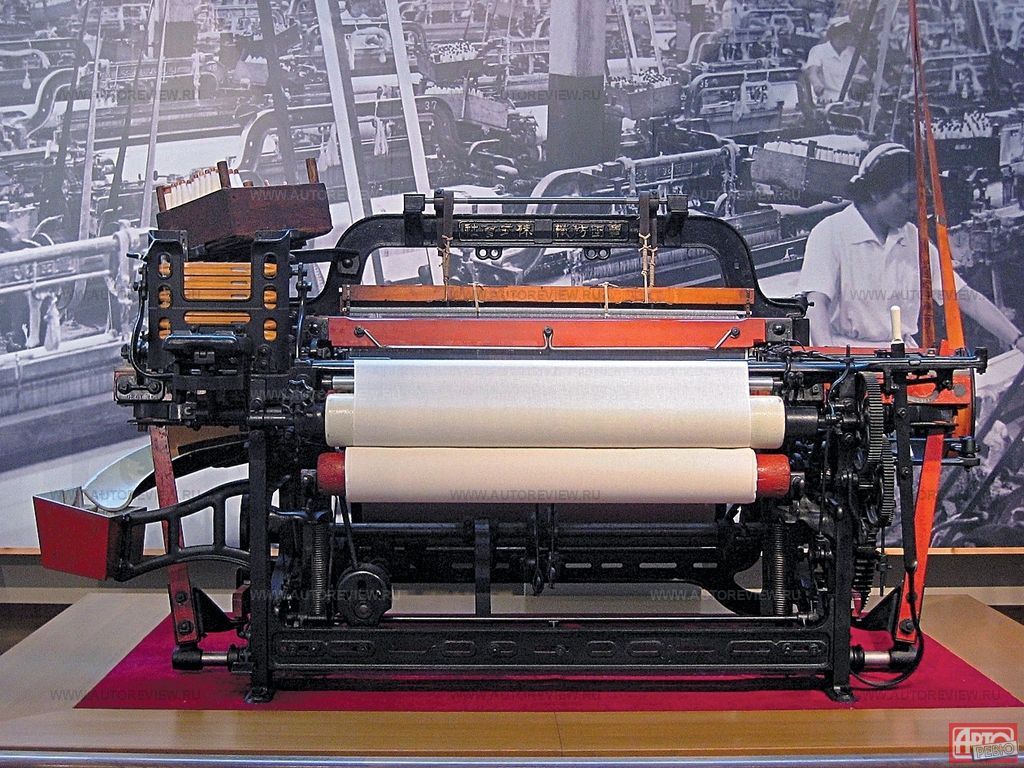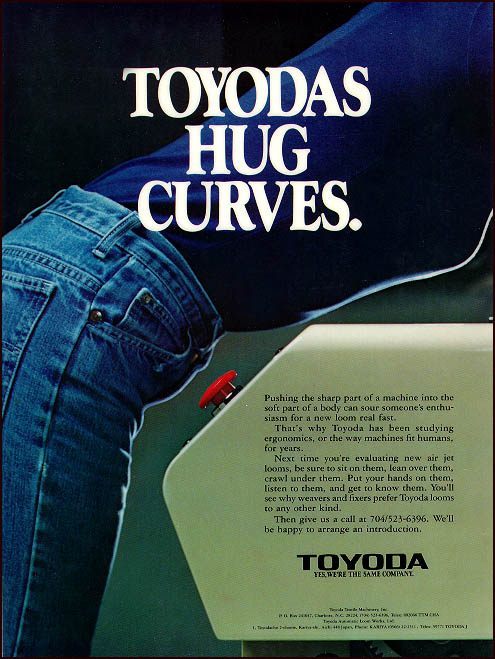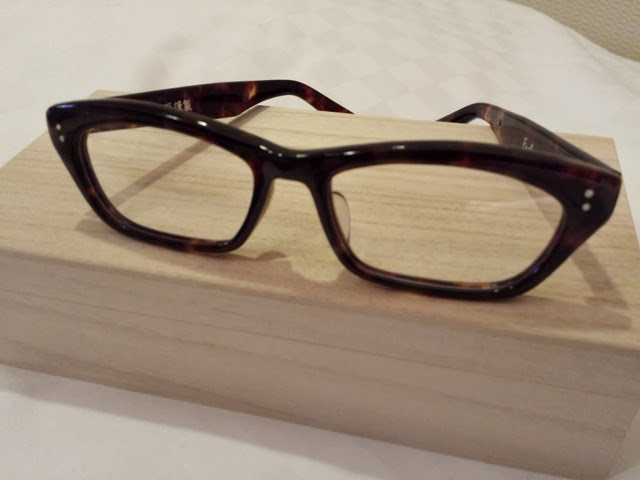I overheard a conversation in a local denim shop today, and it got me worried. Two teenagers were looking at jeans a table away, one of them kept flipping up the cuffs to check the outseam. When his companion asked him why, he replied “I’m looking for selvedge…that other stuff is peasant sh-t.” Seriously.
Now, it’s no secret that raw denim is everywhere these days. From Converse to Burberry to artisanal Japanese brands, raw denim has staged such a strong comeback that it’s now a household term. (When I tell people I manage a website about “raw denim”, most of them give me a funny look but they usually know what I’m talking about.)
However, with raw denim’s sharp increase in popularity has come equally increased interest in selvedge denim. It’s pretty common knowledge that jeans made from selvedge denim are considered more desirable than those with flat-lock seams. The typical explanation for this sounds something like this:
Selvedge denim can only be woven on shuttle-looms, which are rare because they’re the same exact vintage machines that Levi’s sold to the Japanese when they upgraded to modern, high-capacity looms. The Japanese have continued the artisanal methods using these vintage looms that produce better quality (and subsequently more expensive) denim.
Sound familiar?
The above explanation is not completely false, but it’s also not entirely true. Selvedge denim can only be woven on shuttle-looms, yes. Levi’s (as well as other brands) did sell their shuttle-looms when they upgraded, yes. Japanese mills have continued using the arduous and less cost-effective shuttle-looms to produce denim of an artisanal sort, yes.
All that being said, shuttle-looms are not that rare. A number of manufacturers still produce modern shuttle-looms, many of which are being used to produce selvedge denim at lower costs than the mills which do still employ the vintage looms. A perfect example of this is the aforementioned $40 Converse Selvedge jeans versus the $2,000 hand-woven Momotaro jeans.
Contrary to seemingly popular belief, selvedge denim does not always equate to high-quality denim, just as wide-loom denim is not necessarily synonymous with mediocrity. The adage of “You get what you pay for” still stands (Up to a point. Those $2,000 Momo’s aren’t made of unobtanium and unicorn hair…the crotch can still blow).
As for the vintage Toyoda Type-G looms from the American brands, most of them did, in fact, end up going to Japanese buyers after the Second World War. The Japanese brands continued using them largely due to the availability of spare parts in Japan, where the looms had originally been manufactured. Many Japanese mills continue to produce selvedge denim on modern looms of the shuttle variety.
All of this is not to say that selvedge denim is worthless or overrated, but I start to worry when I hear selvedge getting hyped up to be the ultimate in denim. I guess caveat emptor ultimately applies to everything. Now if you’ll excuse me, I have to get off my soapbox.
